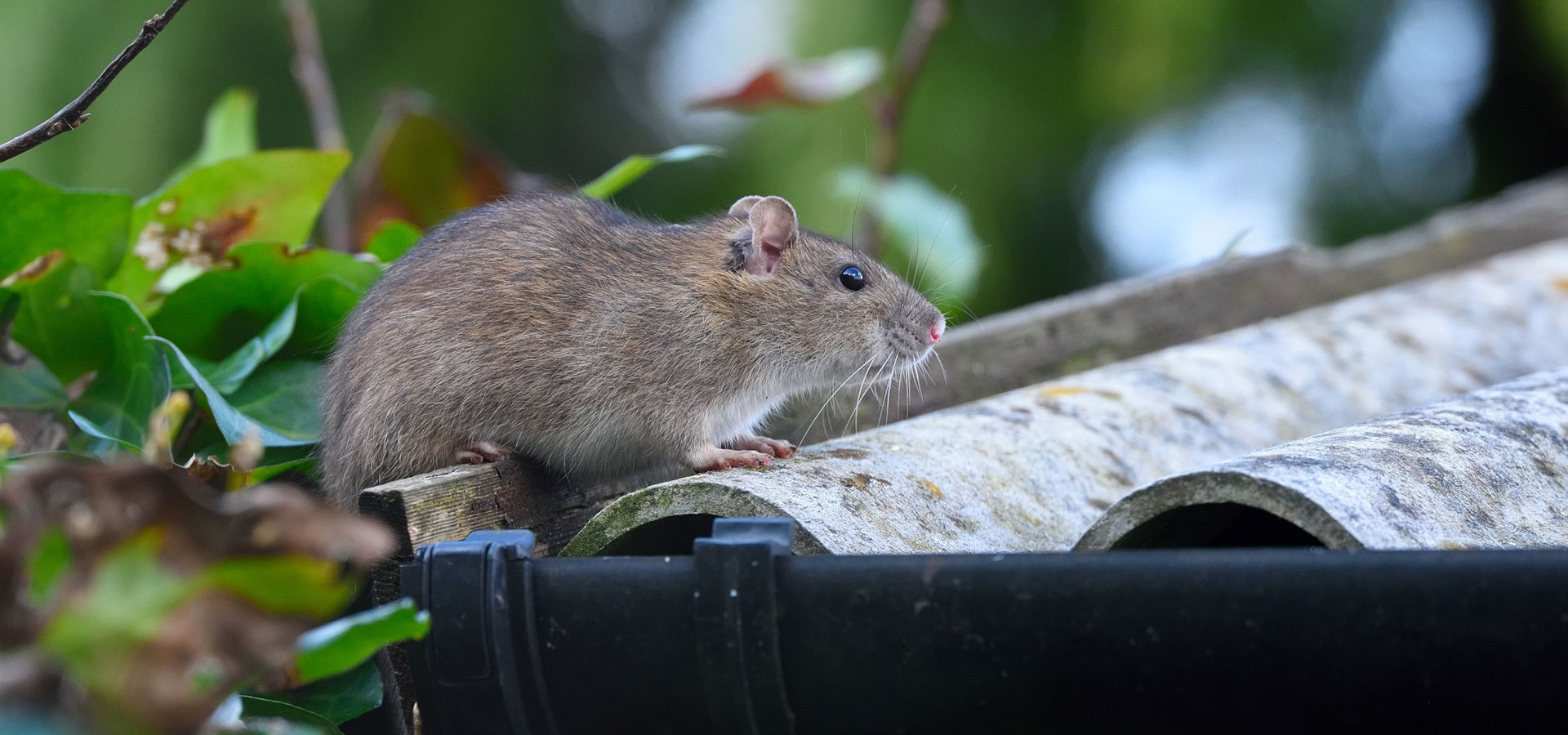Generally, a home or business should use a combination of nontoxic traps, baits, and repellents to control rodents. These methods are the most effective and do not kill the pests on impact. The best method is to place the traps in invisible and hard-to-reach areas, such as corners of walls, and under sinks and appliances. You should inspect these areas frequently for signs of rodent activity and replace them as necessary. If you have a garage, place a glue board in the garage and a snap trap in each room. Repellents and repeat catch-all devices are effective for controlling mice and rats.
Rodent Control Phoenix
Some rodents can be difficult to kill, so trapping them is often the best option. Some traps are humane and can be disposed of in a safe area. However, in some states, the Center for Disease Control prohibits the release of dead animals. In addition to trapping, make sure to wear protective gloves and face masks. These are common ways for rodents to transmit disease, so it’s always best to wear protective clothing and masks when handling rodents.
Roof Rat Exterminator
Moreover, rodents can cause considerable property damage. They can carry diseases and bacteria and can bite humans. They can also contaminate food and destroy structures. These pests are not only ugly, but they can spread diseases and parasites to other animals and humans. To prevent these pests, it’s important to hire a professional pest control company and roof rat exterminator to get rid of your rodent infestation in the Phoenix, AZ metro area.
There are many advantages of hiring a professional pest control company in Arizona like ACTION Termite & Pest control to help you get rid of rodents, mice and roof rats.










